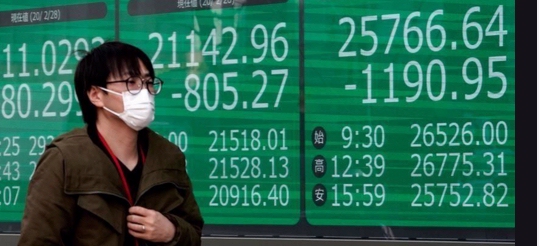As the virus spreads, the risk that European governments respond with draconian measures that undermine economic growth – at least for the short-term – has increased significantly. The extensive lockdowns mandated by the Chinese and, to a lesser extent, Italian governments are likely to be followed by similar measures in other countries. They may need to be tightened up if ineffective. “Once in place, normalisation will be gradual and the risk for banks is that economic activity will recover only slowly, putting pressure on asset quality,” Troiano said.
While the range of economic scenarios remains very broad, it is clear that global growth will take a hit, with recessions in H1 2020 possible in Europe (and likely in Italy). Against this backdrop, the uncertainty is compounded by the unknowns around policy responses from public health, fiscal and monetary authorities, as well as the financial system itself.
Stopping the liquidity crunch in areas in lockdown from turning into widespread solvency issues will prove key. “We expect the financial system to keep the liquidity taps open, especially if governments move to extend guarantees on portions of loan books,” said Troiano. “The ECB will in our view continue to play a key role by keeping debt-service levels from growing out of control – a crucial piece of the policy puzzle especially for highly-indebted countries such as Italy. The room for policy mistakes, lack of co-ordination or belated responses is large, and represents a key downside risk to our relatively benign base case.”
The crisis will further weigh on bank profitability before turning into a credit issue. Any economic slowdown is likely to affect the banking industry. Troiano says slower volume growth, lower investment banking revenues and higher loan defaults should all be anticipated at this point. “Fortunately, the coronavirus crisis meets a banking sector that has successfully rebuilt its standing after the global financial crisis. Strong balance sheets with lower levels of NPLs, high capital ratios and more balanced funding profiles should offer some protection to bank creditors, especially those sitting in the most senior parts of the capital structure,” he said.
On the other hand, the likely increase in loan losses will further depress sector profitability, which is already low and insufficient to deliver sustained shareholder value creation through the cycle. “The heightened level of uncertainty may also cloud the outlook for dividends and buybacks, which had emerged as a pivot in the bank equity story in recent months,” Troiano said.









 Si (
Si ( No(
No(

















